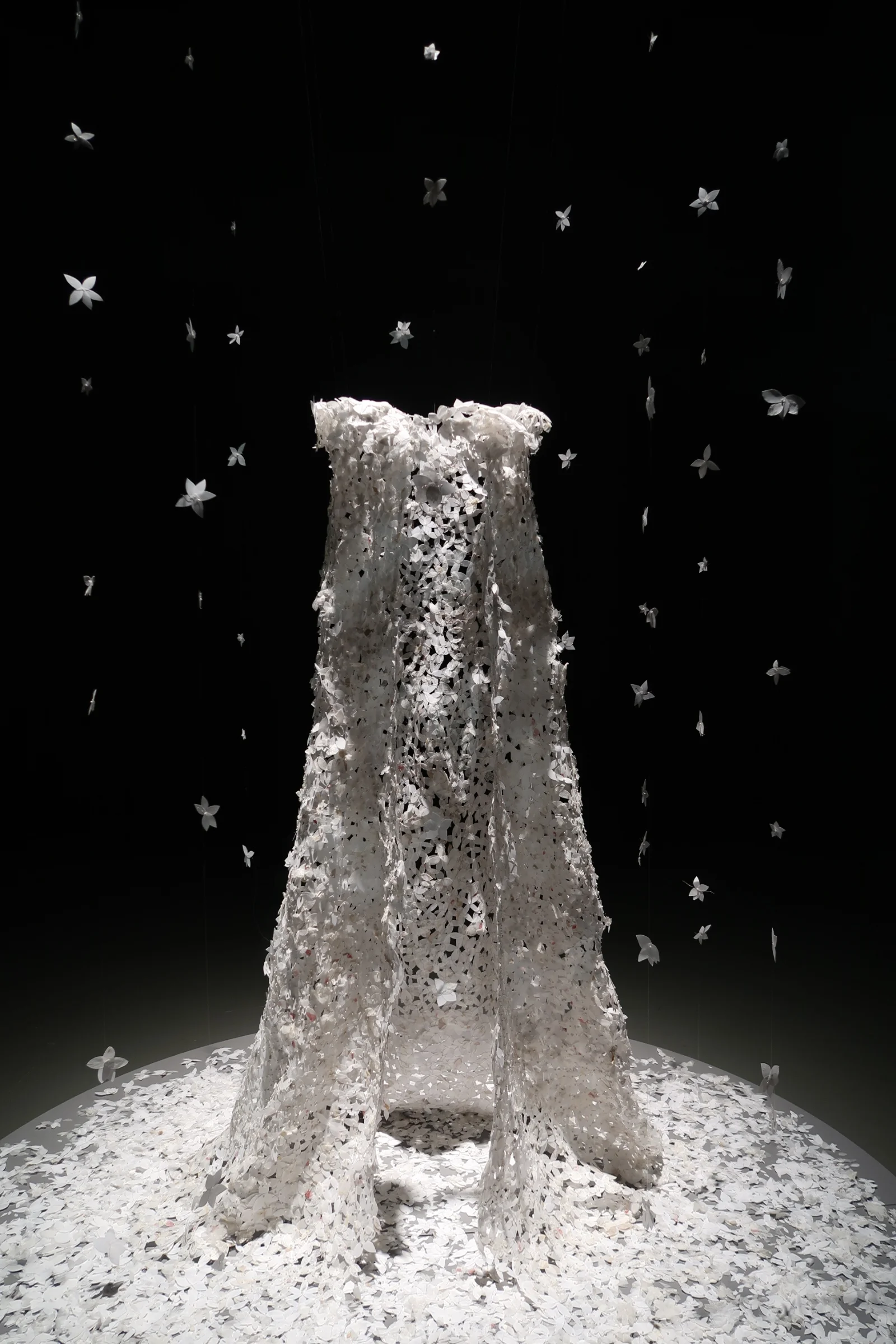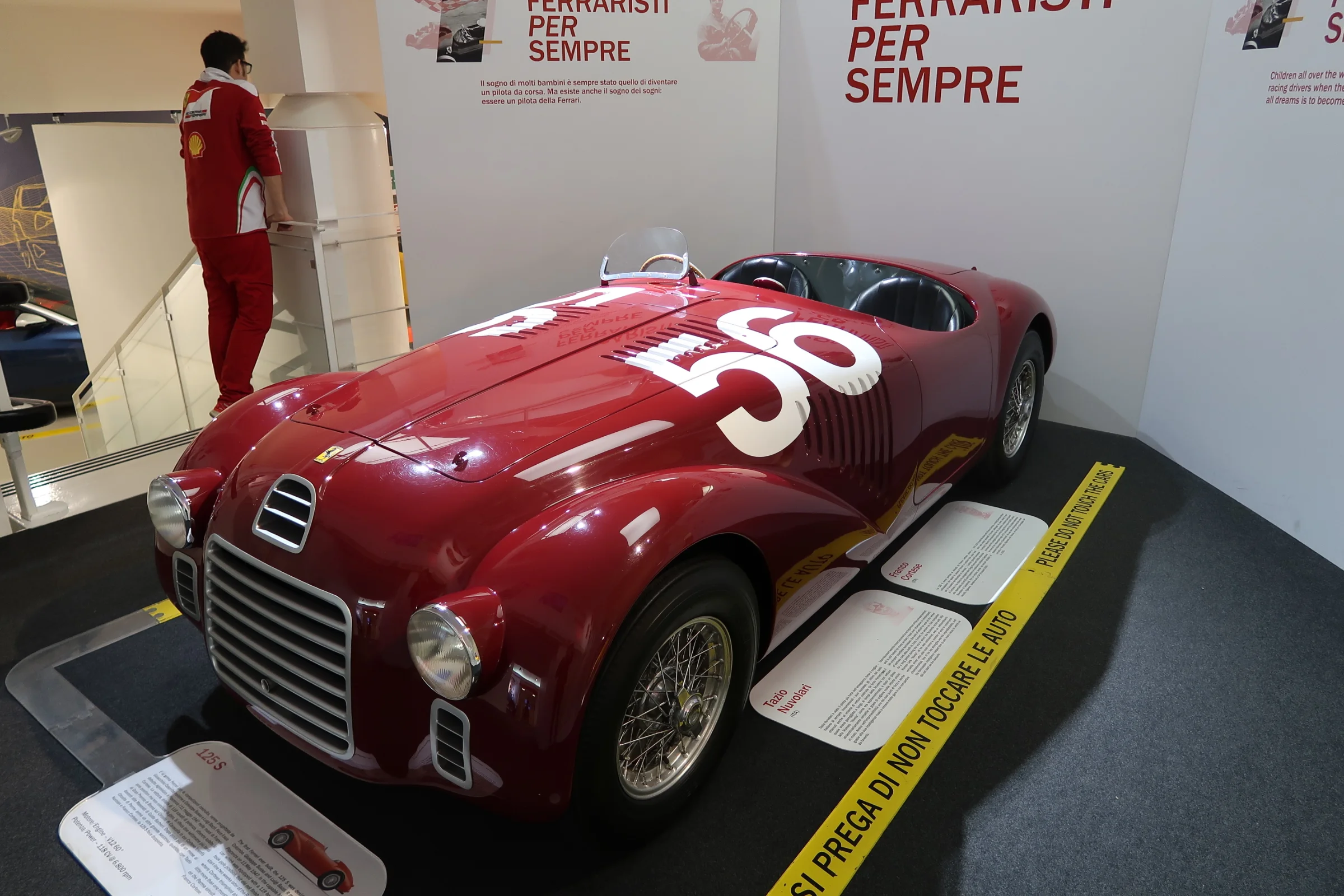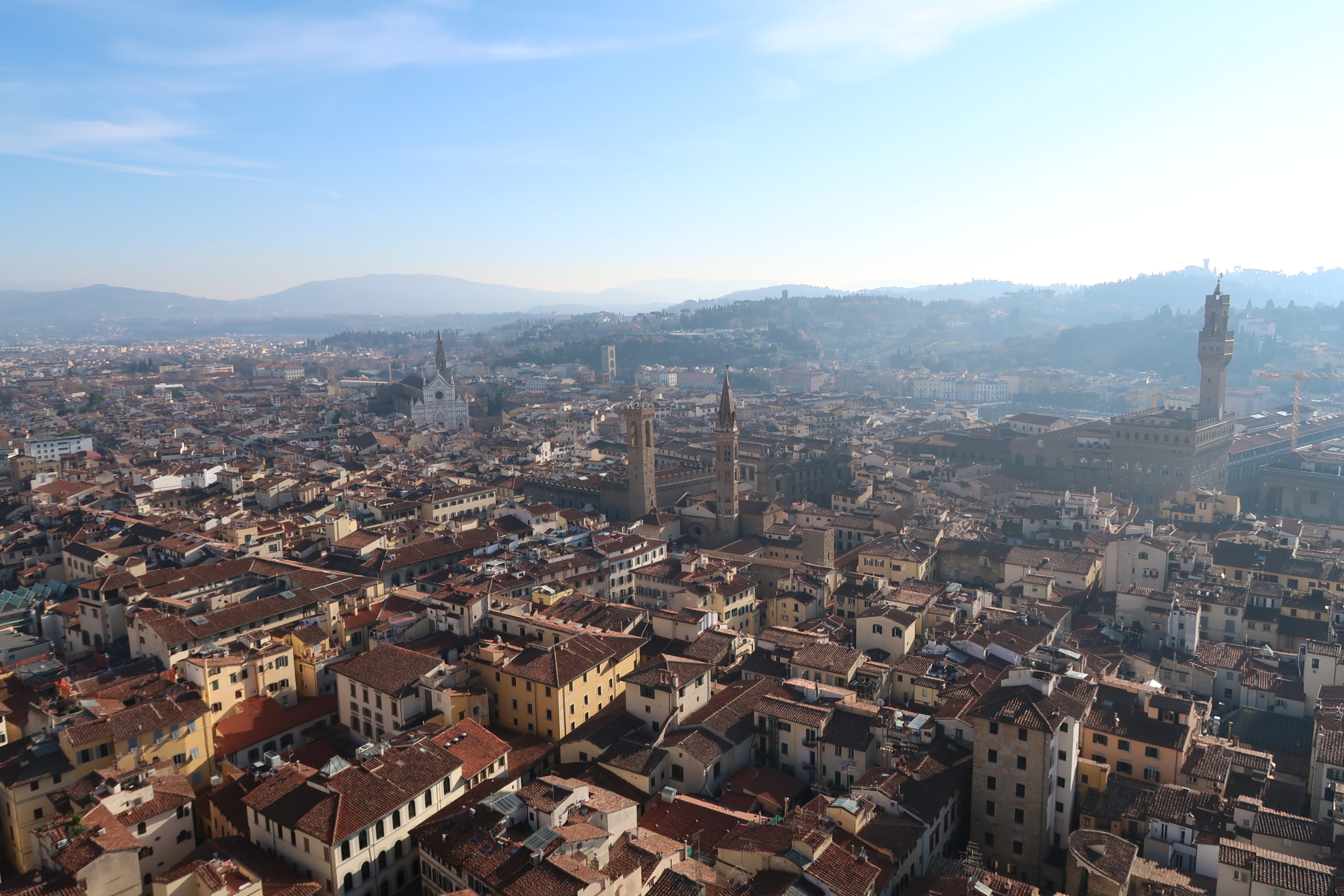Italy: Part I
UPDATE (December 13 - December 17)
In mid-December, I reached the land of the three 'F's: Fashion, Food, and Ferrari.
MILAN
We all know which 'F' this city showcases.
Within the Armani x Silos Museum, original collections have been jumbled to highlight the best of the Giorgio Armani brand.
2012 Spring/Summer
I found it hard to look away as spotlights illuminated the detail that brings the garments to life.
1996 Spring/Summer
1995-6 Autumn/Winter
I had expected to chuckle at archaic styles of the last century. But, timeless garments shattered those preconceptions. For example, the pieces below span more than a decade, yet they could walk runways today.
Left to right: 1993 Spring/Summer, 1992 Spring/Summer, 2004 Spring/Summer
What makes something 'timeless'? Is it careful juxtaposition and presentation? Or do 'timeless' things speak to our primal and permanent perceptions of beauty, rather than fleeting trends and fads? Or is it something else?
1984-85 Autumn/Winter
Milan's “Duomo," whose construction began in 1389, embodied 'timelessness' in a slightly different sense. No architect today would design a building in the style of this cathedral, yet visitors will continue to appreciate this structure in awe and fascination for generations to come.
Tourists wander the rooftop of the Milan Duomo.
Inside the Duomo, the pew focuses visitors' attention on the altar.
After climbing 300-some steps, I, too, found myself awestruck by a forest of spires.
From the ground, the spires look big. Up close, they're magnitudes larger.
Family looks out over foggy Milan from the Duomo rooftop.
Up there, I reflected on the impact of scale. We perceive scale so inaccurately from a distance, so we're shocked when we discover the true size. In what ways can we harness this and other such discrepancies to create playful, awe-provoking products?
In another part of town, the design museum called La Triennale di Milano featured an exhibit on women in design.
I was the only visitor in the room full of products designed only by women. Yet, I didn’t feel alone. The objects kept me company; each possessed a distinct character.
The female-designed products encompassed many styles, but all imbued whimsy, playfulness, and love. I sensed a different kind of creativity from male-designed products.
The exhibit offered this explanation: Men and women think differently and consequently create differently. So simple, yet so often overlooked.
I learned the value of diversity and counterbalance in collaborative settings. I also realized that thinking differently causes male and female users to interact differently with products, something to keep in mind when designing for one or both genders. It also begs the question, where do non-normative genders fall in this spectrum of creativity and perception of creation?
BOLOGNA
I made a quick stop in Bologna for another Italian ‘F’: Ferrari...and Lamborghini, too.
2010 Lamborghini Murcièlago LP650-4 leads line up of sports cars.
I saw classic cars...
1966 Lamborghini Miura P 400 SV
Race cars...
"Hall of Champions" displaying Ferrari's winning F1 vehicles.
Classic race cars...
1947 Ferrari 125 S, the first vehicle to bear the Ferrari name.
Sports cars...
2013 Ferrari 458 Speciale A
Concept cars...
2013 Lamborghini Egoista concept car released for the company's 50th Anniversary.
Sexy cars...
2006 Lamborghini Miura concept car commemorating the 40th Anniversary of the original Muira.
Even de-constructed cars!
Automobiles have held so many meanings and experiences over the years. And now, they have reached a turning point, allowing for new meanings and experiences. Electric. Autonomous. Intelligent. Shared. How will these new factors change society? How do you want to interact with cars in 5 years? 10 years? 30 years?
Italy was like an adrenaline shot for my curiosity. It sent my mind racing, questioning, thinking, learning. And, I hadn't even reached Florence or Rome yet...stay tuned :)

























